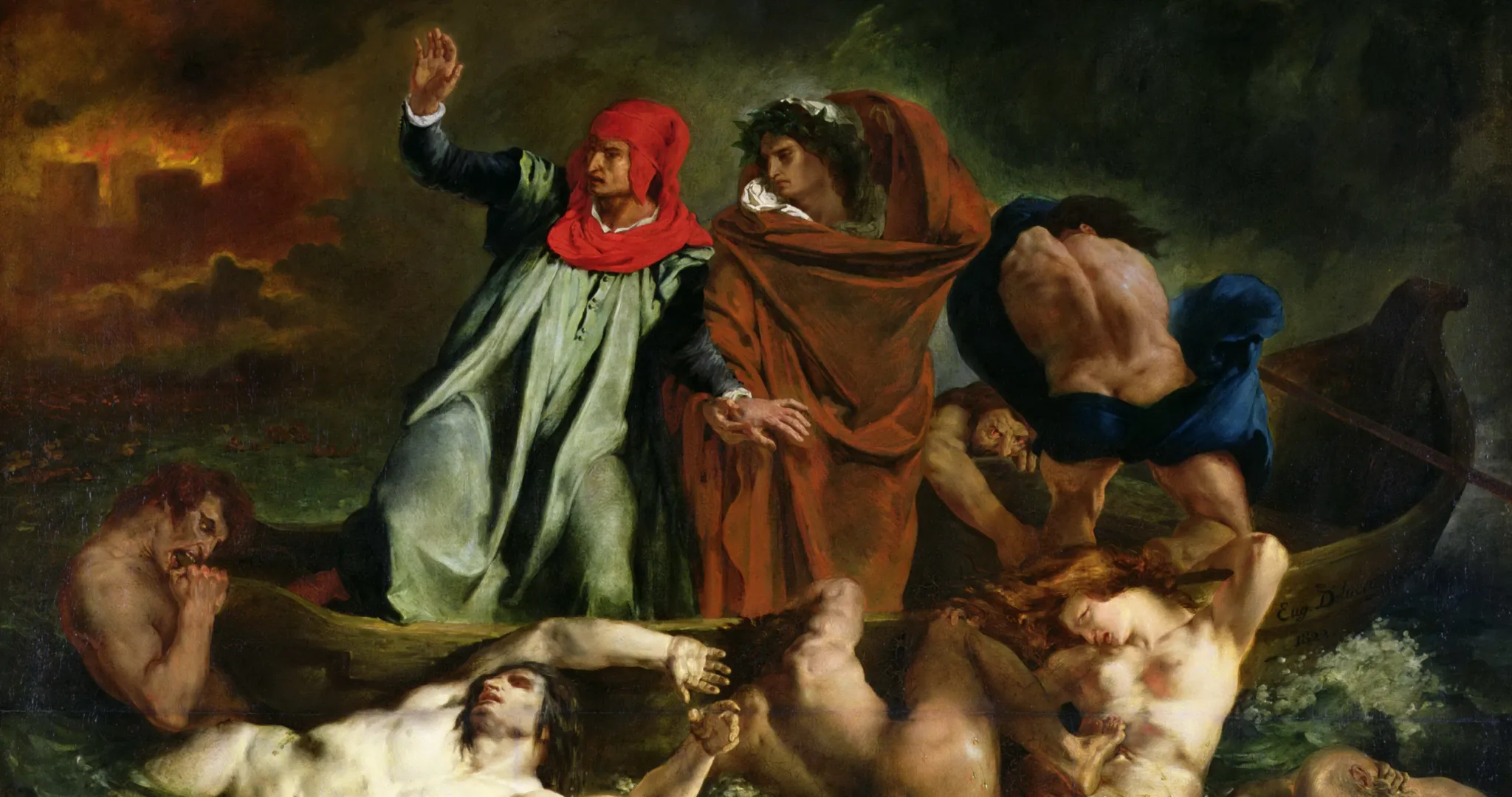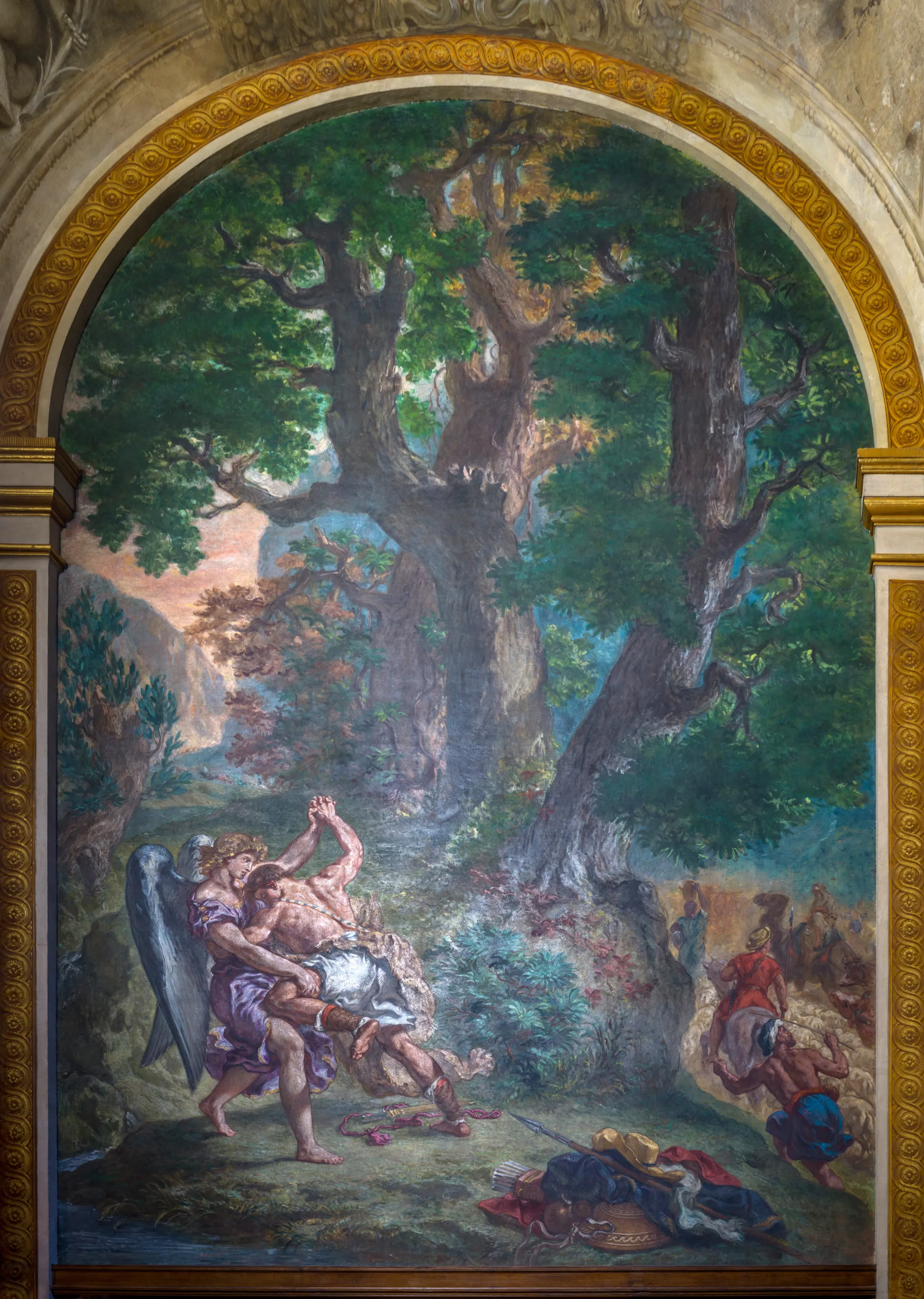Please update your browser
Your current browser version is outdated. We recommend updating to the latest version for an improved and secure browsing experience.

Goethe, Delacroix, and Color
Theories of Color
The first major philosopher to write a dedicated treatise on color was Aristotle (ca. 330 BC), who argued that it emerged out of the shift from brightness to darkness. Nearly two thousand years later, Isaac Newton provided a different scientific definition in his Opticks (1665): color was thenceforward to be understood as a phenomenon that corresponds to a particular wavelength of a light spectrum, which could be perceived through small particles moving away from sources of light. Newton’s model has the major advantage of being empirically verifiable and universalizable. This is of critical importance because colors are the most sensuous and subjective part of artistic experience.
The symbolic associations of colors vary by culture and period and sometimes colors are even named differently. Partially for these reasons, color was held since the time of Aristotle to be less important than line, with the latter associated with structure and order as opposed to emotion and ornament.
The most important exception in the modern period is Goethe (1749-1832), who was an amateur scientist interested in Newtonian physics (and classical ideals of balance), but who was equally concerned with the physiological and perceptual aspects of color experience. Through his own experiments, Goethe observed in his Theory of Colors (1809) [1] that the same color could be seen differently depending on what was seen right before or after it. For Goethe, light remained central but color could be understood as “a degree of darkness,” which is retained even when colors are mixed together. In this sense, vitality itself was seen as rooted not in abstract clarity but in color and opacity.

“Everything living tends to colour – to local, specific colour, to effect, to opacity – pervading the minutest atoms. Everything in which life is extinct approximates to white (494), to the abstract, the general state, to clearness, to transparence.”
Goethe, Theory of Colors, 1809, #586
Delacroix's Color
Goethe’s approach had a pronounced influence on both 19th and 20th century explorations of color perception and on Romantic artists. Eugène Delacroix (1798-1863) was a consummate example of both. Informed by Michel Chevreul’s writing on simultaneous color, he developed a personal theory of color that increased intensity by maximizing tensions emerging from oppositions of complementary colors such as green and red rather than simply adding blacks. He repeatedly described painting as involving a complex relationship between painting and observer in his magisterial Journal [2].

“[In] painting, it is as if some mysterious bridge were set up between the spirit of the persons in the picture and the beholder. The beholder see figures, the external appearance of nature, but inwardly he meditates.”
Eugène Delacroix, The Journal of Eugène Delacroix (1822)






